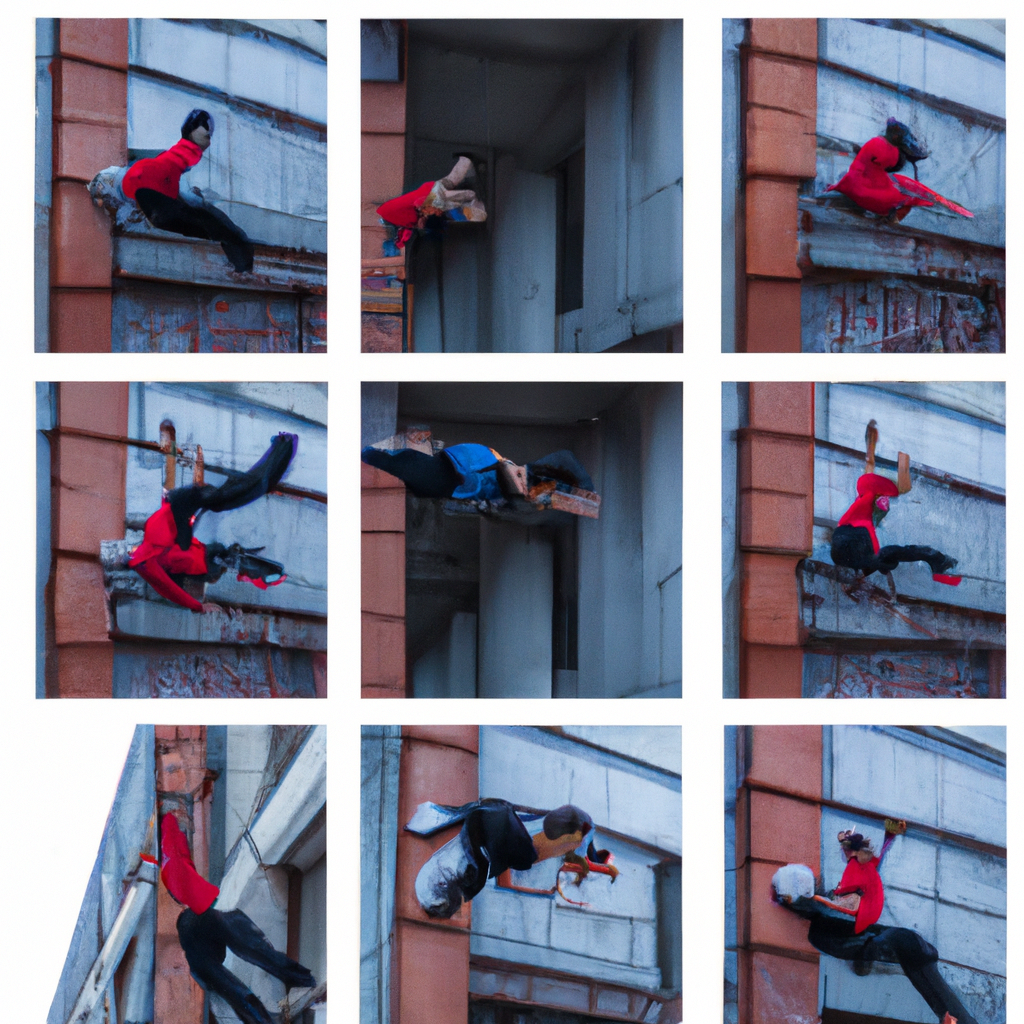Introduction
In recent years, parkour, an urban sport that involves running, climbing and jumping, has gained in popularity. The adrenaline-fueled sport is all about pushing yourself to your limits and defying the laws of gravity. Building jumping is one of the most exciting and challenging maneuvers in parkour. This sport requires a lot of strength, agility, mental fortitude, and skill. This article will cover everything you need to learn about parkour building jumps, from the basics to more advanced techniques.
What is Parkour?
Parkour (also known as freerunning) is a physical discipline that involves moving around obstacles in the environment efficiently and creatively. In parkour, participants aim to overcome physical obstacles by running, jumping and climbing. The sport was developed in France by a group young men in the 1980s who wanted to test both their physical and mental abilities. Since then, the sport has spread all over the world.
What is Building Jump?
Roof gap, or parkour building jump, is one of most dangerous and challenging maneuvers in Parkour. It involves jumping between two buildings, sometimes across gaps as wide as several meters. Building jumping requires a great deal of strength, mental fortitude, and skill. It is not for the fainthearted or those not properly trained.
The Basics of Parkour Building jump
It is important to have a solid foundation in parkour before attempting a jumping building. Regular training sessions should be used to improve your agility, strength, and balance. Try to incorporate exercises which focus on building leg muscles such as squats and lunges. To improve your speed and accuracy, you can also practice running on flat surfaces or jumping over low obstacles.
1. Start Small
Start small when you are attempting to jump off a building. Start small. Don’t jump off a rooftop. Instead, start with small gaps you can easily clear. Work your way up slowly, gaining confidence and skills as you go.
2. Spot Your Landing
It is important to choose your landing area before you jump. This will allow you to plan your jump, and ensure you land safely. Choose a landing area that is within your capabilities and that you are able to reach safely.
3. Check Your Footing
Check your footing before jumping. Be sure your shoes are stable and have good grip. Avoid jumping off of slippery or wet surfaces and be aware of any obstacles that may cause you to trip.
4. Use Your Arms
It is important to use the arms to propel yourself forward when you jump. Swing your arms forward when you take off and backwards as you prepare to leap. This will increase your power and height.
5. Land on your Feet
It is important to absorb the impact of landing with your feet. As you land, bend your knees to cushion the impact. This will also help distribute your weight evenly. Landing on your heels can cause injury.
6. Train with a buddy
It is important to train with someone for safety. Parkour building jumps are a high-risk activity. Train with someone who can help you in an emergency and spot you. Plan your jumps with your partner, and communicate with them.
Advanced Techniques
As you gain experience in parkour building jumping, you can begin to incorporate more advanced technique into your practice.
1. Speed Jumps
Speed jumps are performed by jumping from one building into another at a high rate of speed. This requires strength, agility and the ability to control movements in mid-air.
2. Precision Jumps
Precision jumps are made by jumping from a narrow surface to another. This requires great accuracy and balance.
3. Wall Runs
The wall run is a technique that involves running up a vertical surface, then using your momentum in order to jump onto another surface. This requires a lot of strength and coordination.
4. Reverse Vault
The reverse vault is achieved by jumping over a gap, then vaulting forwards onto the surface behind you. This requires balance and precision.
Safety Tips
It is important to take safety precautions when participating in parkour building jump.
1. Wear Protective Gear
Wear protective gear such as a knee and elbow pad, a helmet and the right shoes. This can reduce the risk of injury if you fall.
2. Train in safe locations
Select a safe and secure location for your training sessions. Avoid areas where there are many people or a high chance of injury.
3. Listen to your body
Avoid training when you’re tired, injured or feeling unwell. Rest and take good care of your body. Don’t push your limits.
4. Train with a buddy
As we have already mentioned, it is important to train with a partner that can help you in an emergency.
Conclusion
The parkour building jump is an adrenaline-filled, high-risk sport that requires agility, mental fortitude, and skill. It can be an exciting and rewarding experience with the right training and precautions. You can defy gravity and push your limits by starting small, practicing regularly and incorporating advanced training techniques into your training. Remember to always stay safe, respect yourself and train with someone for extra security.

Leave a Reply